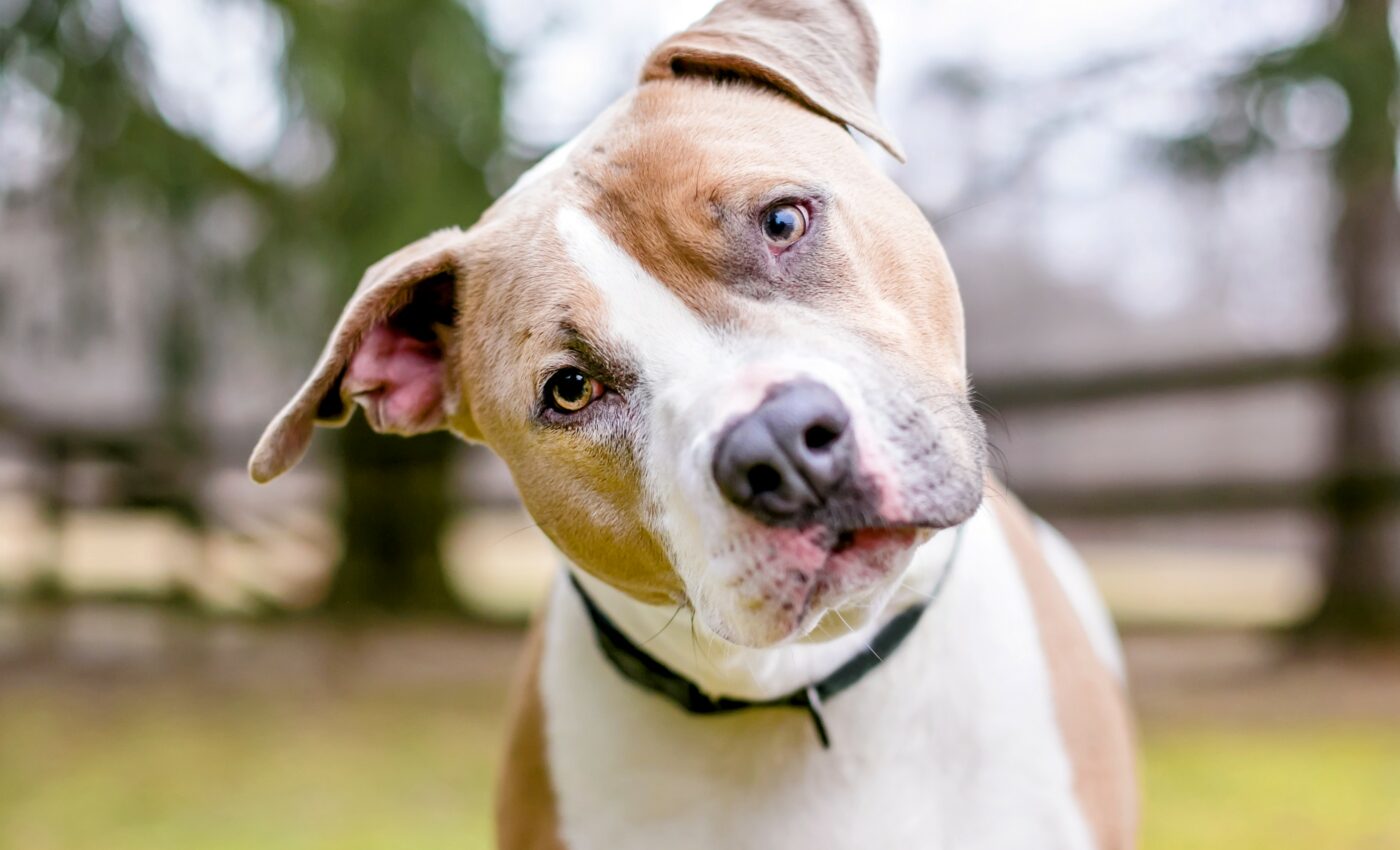
Dogs recognize familiar human voices
A new study shows that dogs can recognize their human companions by voice alone. The study carried out by researchers at Eötvös Loránd University (ELTE) in Hungary eliminated smell and sight as identifying features, confirming that dogs can identify familiar voices.
To carry out the research, scientists recruited 28 human-dog pairs to play a game of hide and seek. The humans were asked to hide behind one of two hiding spots while a stranger was placed behind the other. The owner’s voice was played from where the owner hid and the stranger’s voice was played from where the stranger hid. The recordings were in neutral voices of the people reading recipes.
The dogs were allowed to choose which hiding spots to approach. The test was repeated with 14 different stranger voices, some similar and some very different from the owner’s voice. In 82 percent of cases, dogs found their owners.
To control for smell, the last two rounds of the study were carried out with the stranger playing the owner’s voice. The dogs still went toward their human’s voice, showing they were not using their sense of smell to guide them.
The scientists discussed the ways in which dogs were able to identify human voices. Differences in pitch and noisiness helped the dogs recognize familiar humans, but it appears that timbre and other qualities didn’t make a difference.
“People mostly make use of three properties: pitch (higher or lower), noisiness (cleaner or harsher), and timbre (brighter or darker) to differentiate others. Dogs may make use of the same voice properties or different ones. If two voices differ in a property that matters for dogs, decisions should be easier,” explained study lead author Anna Gábor.
The research is unique and verifies something most dog owners already suspect, giving us a window into dog cognition.
“Dogs’ high choosing success rate, their ability to discriminate their owner’s voice from a variety of control voices, and the fact that dogs’ choices were not confounded by either olfactory cues or speaker order indicate that dogs can reliably use identity cues carried by speech,” wrote the study authors.
Andics Attila is the leader of the Neuroethology of Communication Lab, where the study was conducted.
“This is the first demonstration that dogs can tell apart their owner’s voice from many others,” said Attila. “The study also shows that dogs make use of some, but only some of the same voice properties as humans do to recognize who is talking.”
—
By Zach Fitzner, Earth.com Staff Writer













